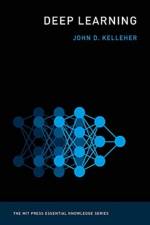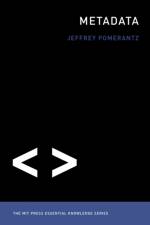av John D. (Academic Leader of the Information Kelleher
249
An accessible introduction to the artificial intelligence technology that enables computer vision, speech recognition, machine translation, and driverless cars.Deep learning is an artificial intelligence technology that enables computer vision, speech recognition in mobile phones, machine translation, AI games, driverless cars, and other applications. When we use consumer products from Google, Microsoft, Facebook, Apple, or Baidu, we are often interacting with a deep learning system. In this volume in the MIT Press Essential Knowledge series, computer scientist John Kelleher offers an accessible and concise but comprehensive introduction to the fundamental technology at the heart of the artificial intelligence revolution.Kelleher explains that deep learning enables data-driven decisions by identifying and extracting patterns from large datasets; its ability to learn from complex data makes deep learning ideally suited to take advantage of the rapid growth in big data and computational power. Kelleher also explains some of the basic concepts in deep learning, presents a history of advances in the field, and discusses the current state of the art. He describes the most important deep learning architectures, including autoencoders, recurrent neural networks, and long short-term networks, as well as such recent developments as Generative Adversarial Networks and capsule networks. He also provides a comprehensive (and comprehensible) introduction to the two fundamental algorithms in deep learning: gradient descent and backpropagation. Finally, Kelleher considers the future of deep learning—major trends, possible developments, and significant challenges.



